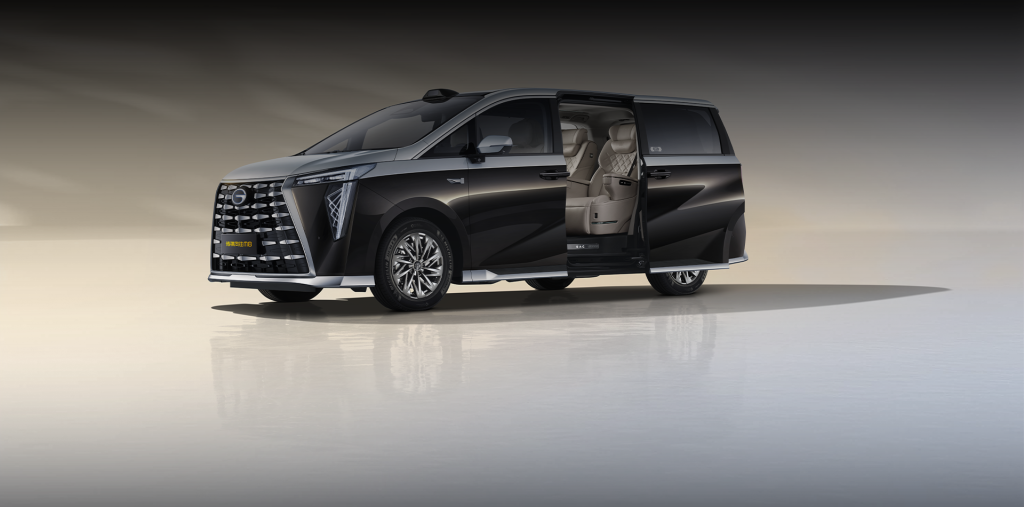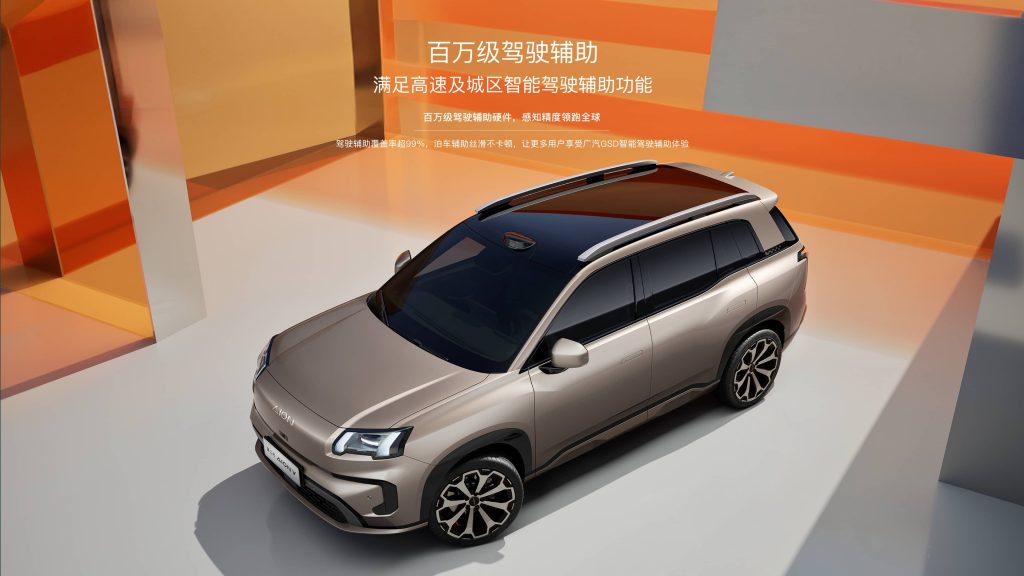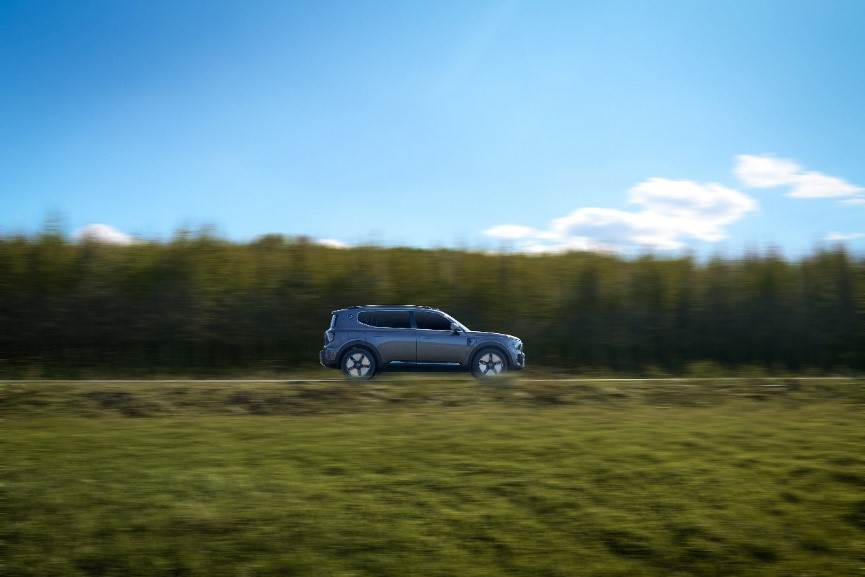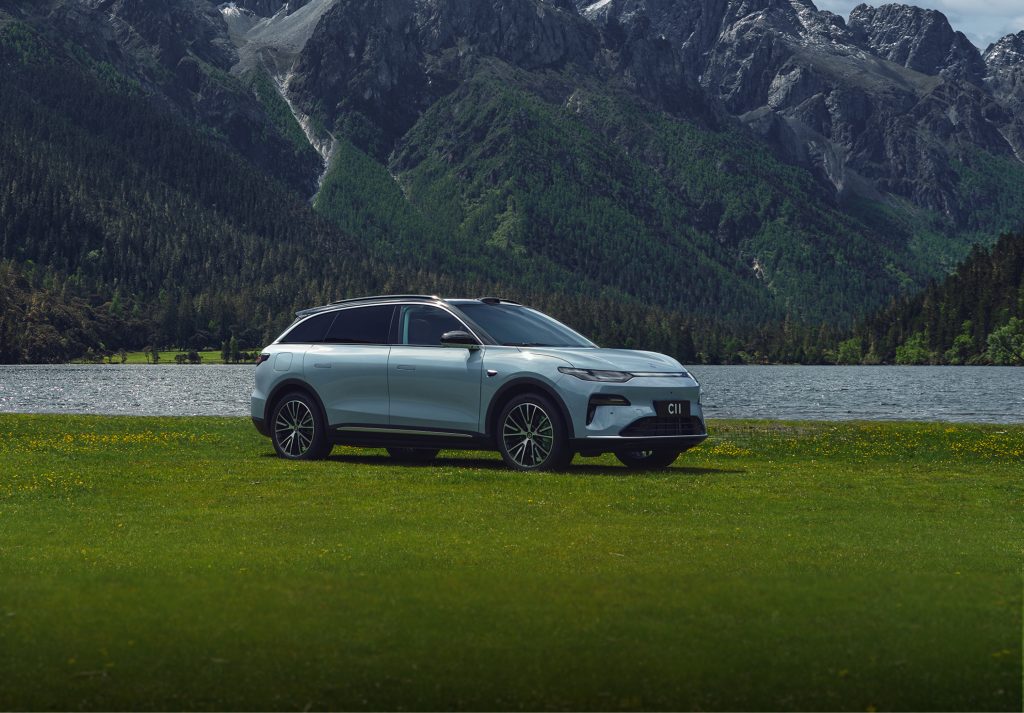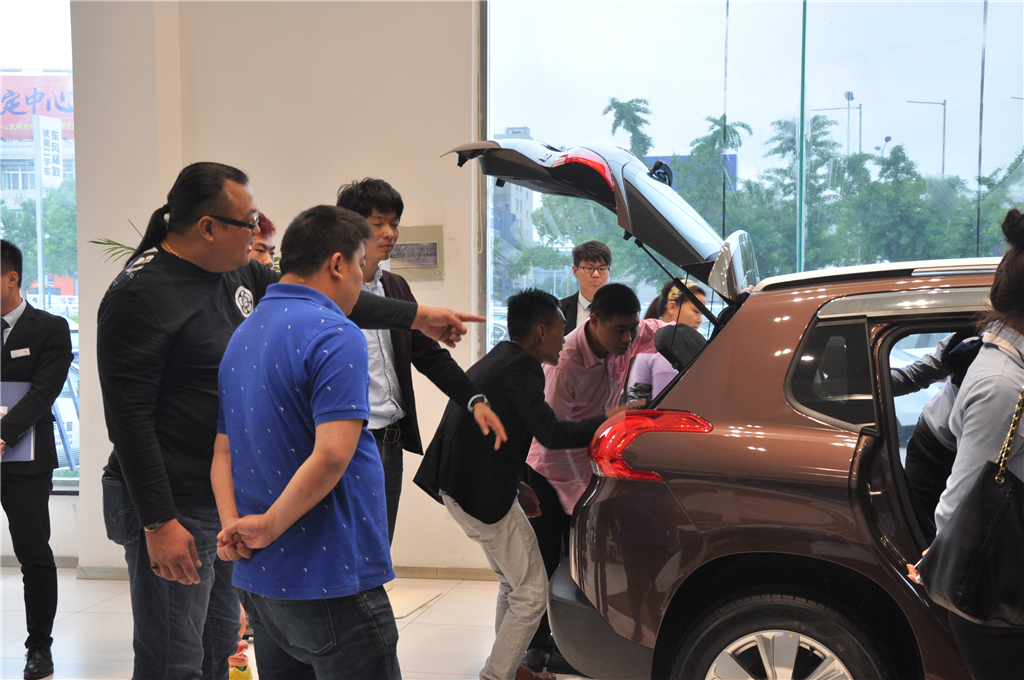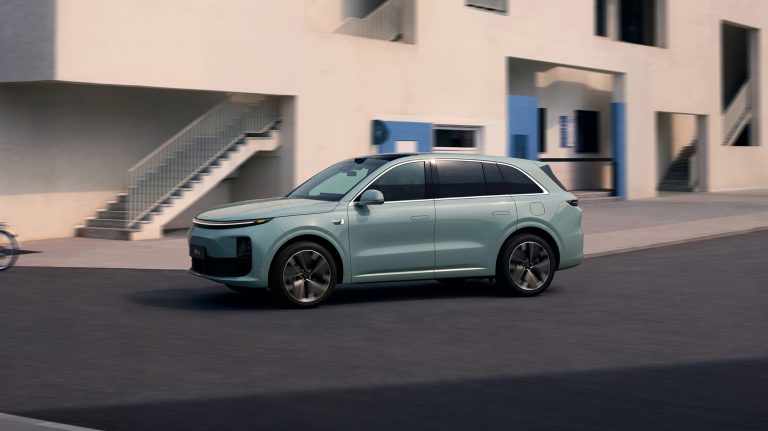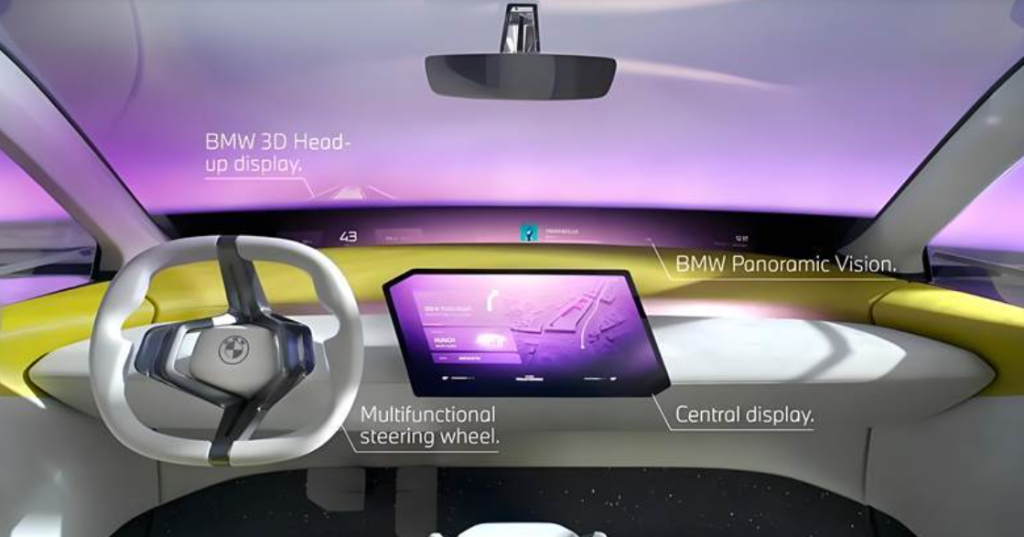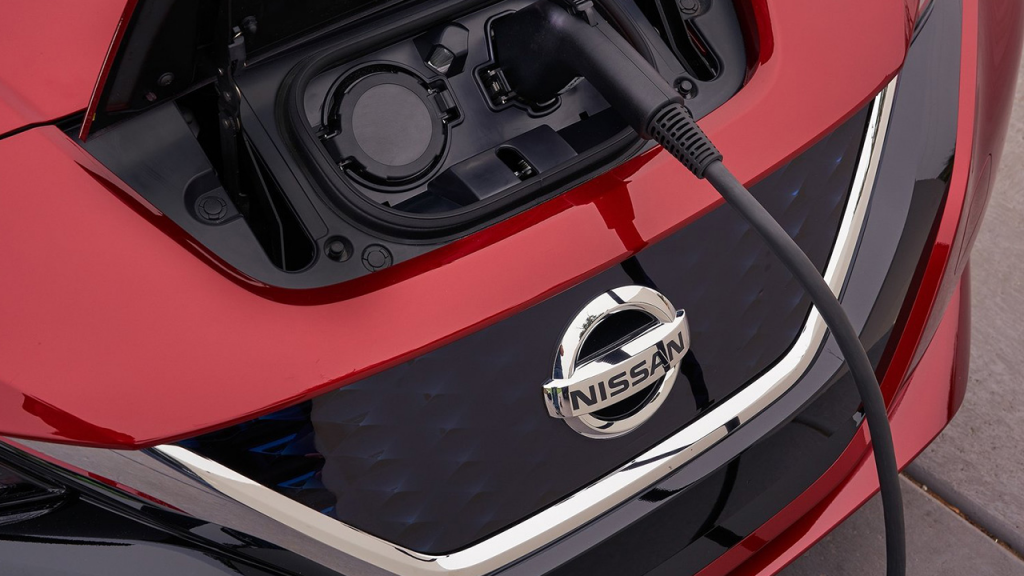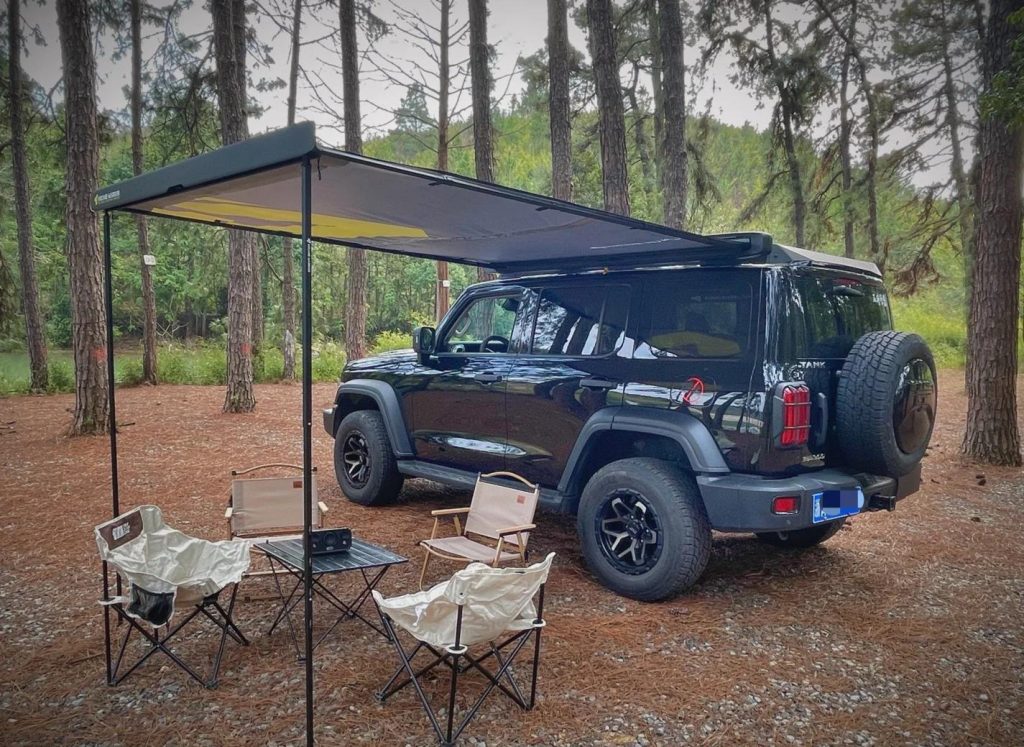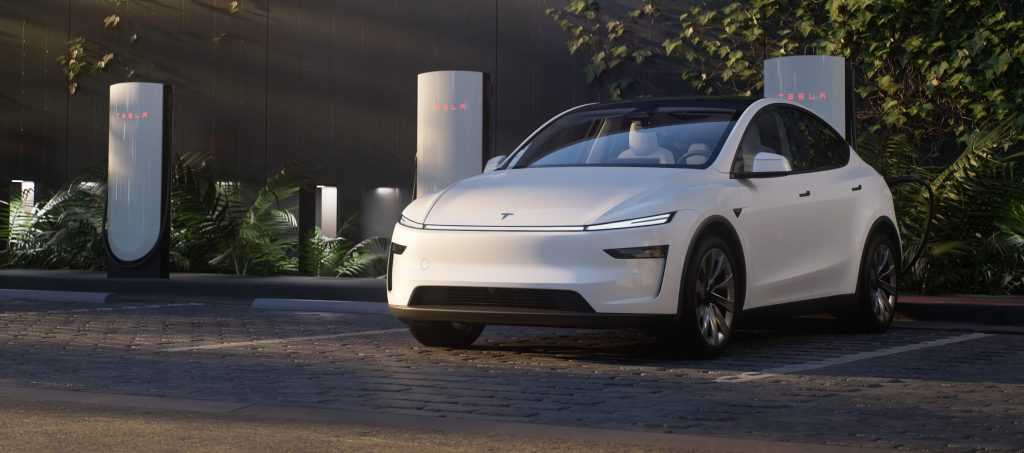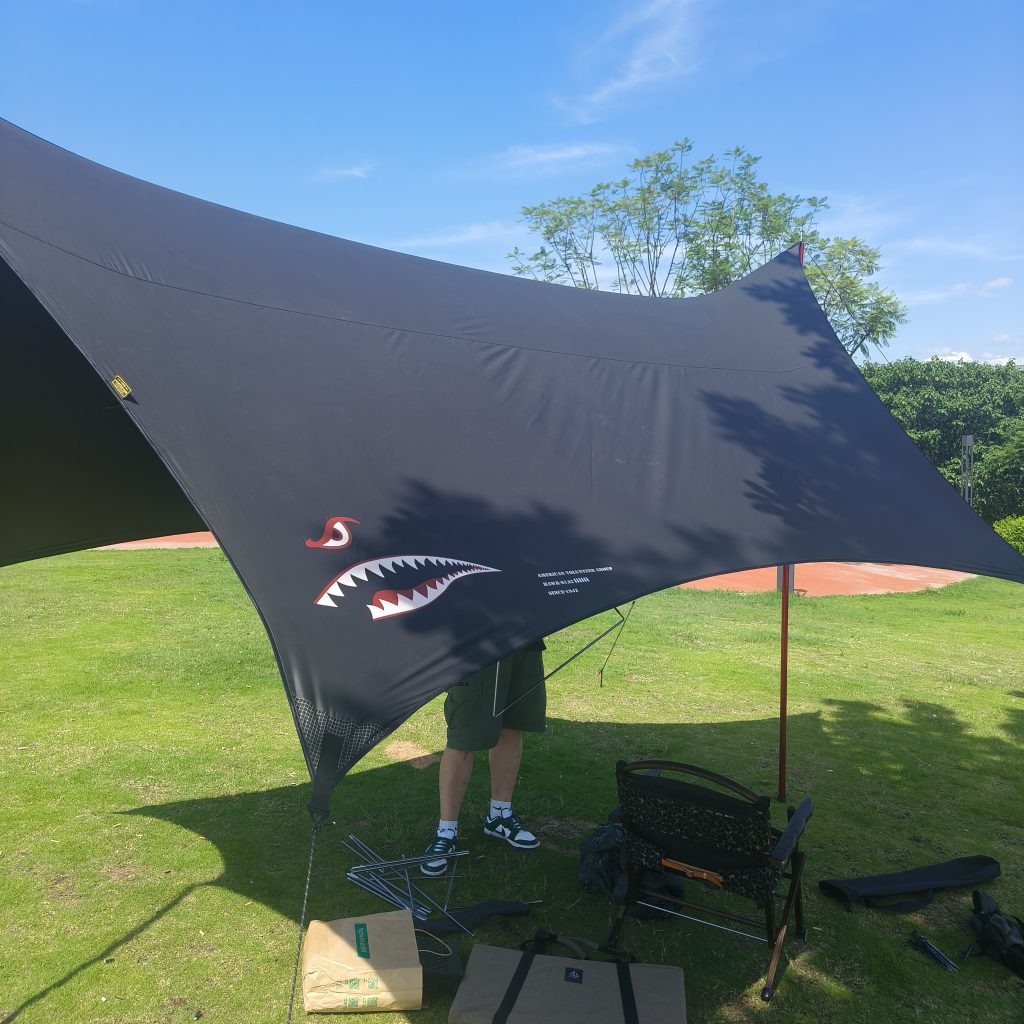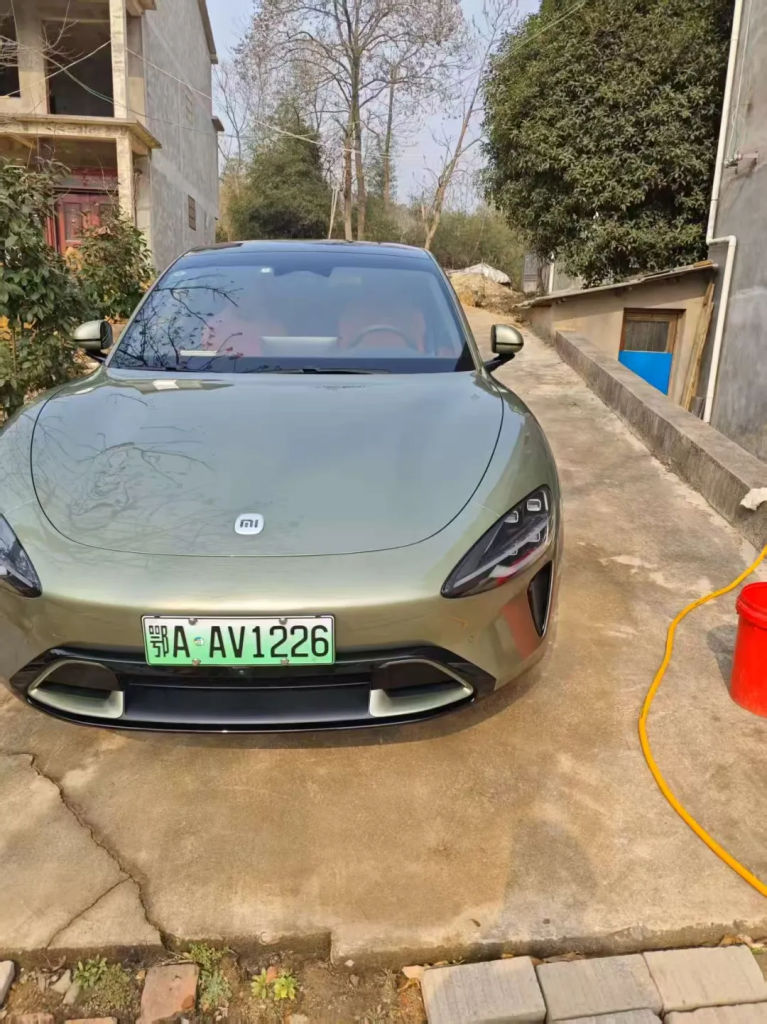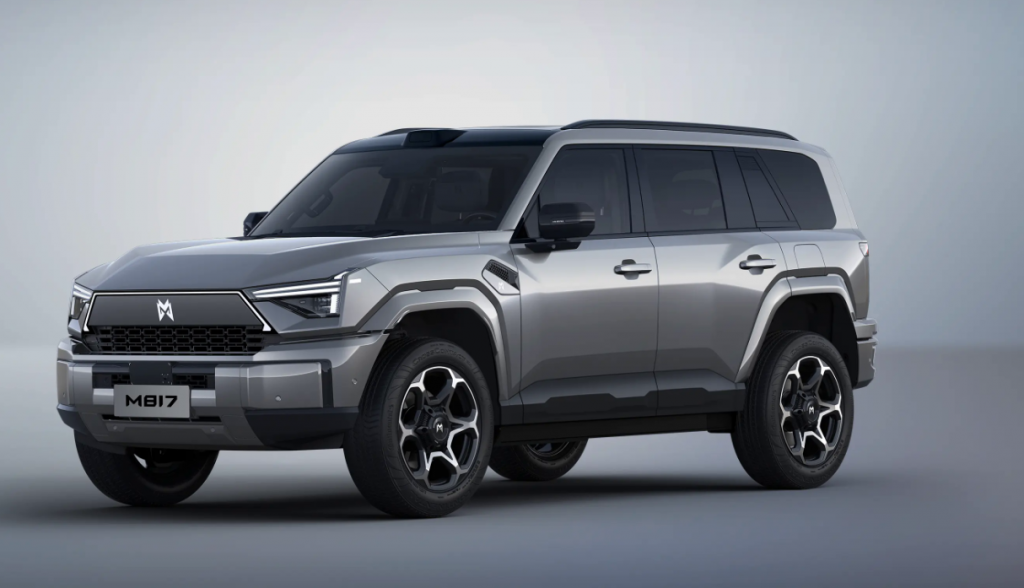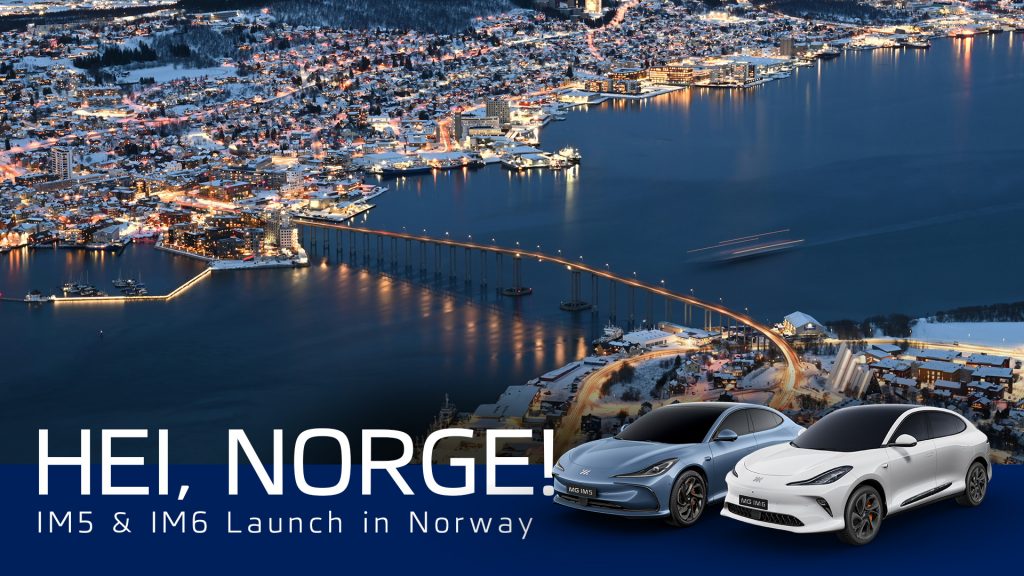May 05 2025, by Tim Xu, Founder of TS Research
The Paradox of Success
Beneath the gleaming façade of record LiDAR shipments lies an inconvenient truth: no major player has cracked profitability. The numbers tell a sobering tale- while China’s LiDAR installations skyrocketed from 8,000 units in 2021 to over 574,000 last year, industry gross margins have collapsed from 70% to sub-40% since 2019.
Having witnessed the auto industry’s shift from petrol dominance to today’s EV and self-driving revolution, I’m seeing the same pattern as the early 2000s radar adoption phase – first breakthrough tech sparks market frenzy, then the bubble bursts, leading to brutal industry consolidation. History always rhymes.
Why This Hurts More
Unlike radars, LiDAR carries the weight of L3+ autonomy’s promise. Moreover, according to our research, Chinese car owners, especially NEV owners, have a superstitious attitude towards LiDAR. Hesai’s assembly lines hummed with AT128 units bound for XPeng and Li Auto—yet each sale loses money. This isn’t just a pricing war; it’s a bet on an autonomous future that’s arriving slower than projected.
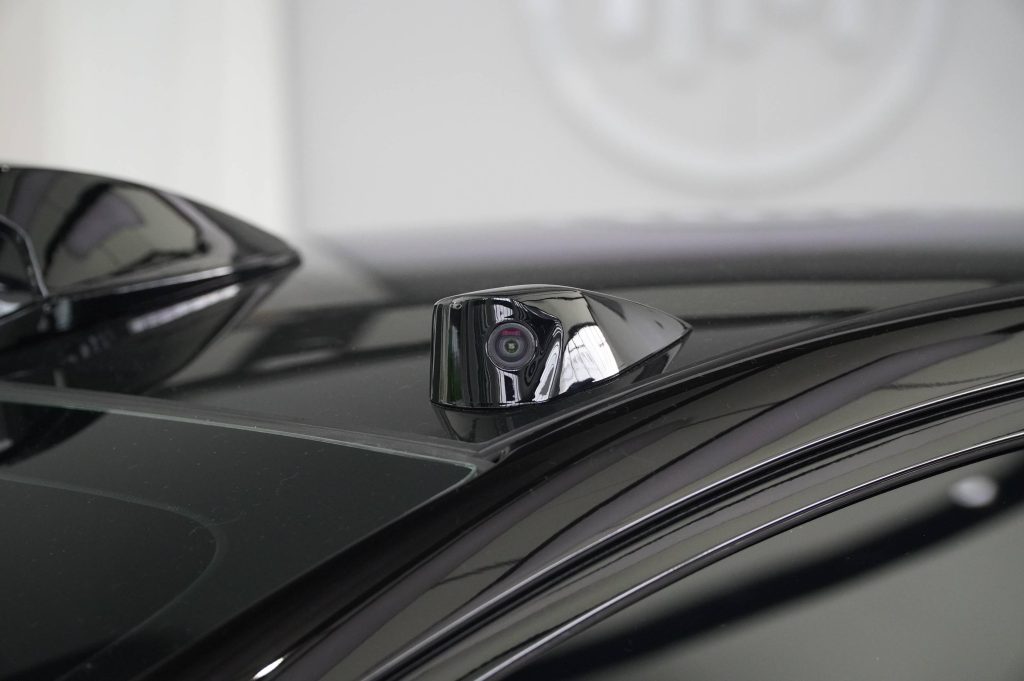
China’s LiDAR Dragon
The global LIDAR market is projected to grow at a 17.66% CAGR (2025-2033), reaching $13.3 billion (IMARC). Chinese firms now command 92% of the passenger vehicle LIDAR market share (2024), with Hesai (33%), RoboSense (24%), and Huawei (19%) leading the charge. This dominance stems from three key advantages:
- Government Support: China’s “Smart Vehicle Innovation Development Strategy” has accelerated L3+ autonomous vehicle development, creating insatiable LIDAR demand.
- Cost Innovation: Hesai’s AT128 sells at ¥7,800 ($1,070) in 2023, down from ¥113,100 in 2019 – an 93% reduction through chip integration and automated production.
- Vertical Integration: Hesai’s self-built “Maxwell” Smart Factory achieves 90% automation with 45-second cycle times, enabling 150,000+ annual units capacity.
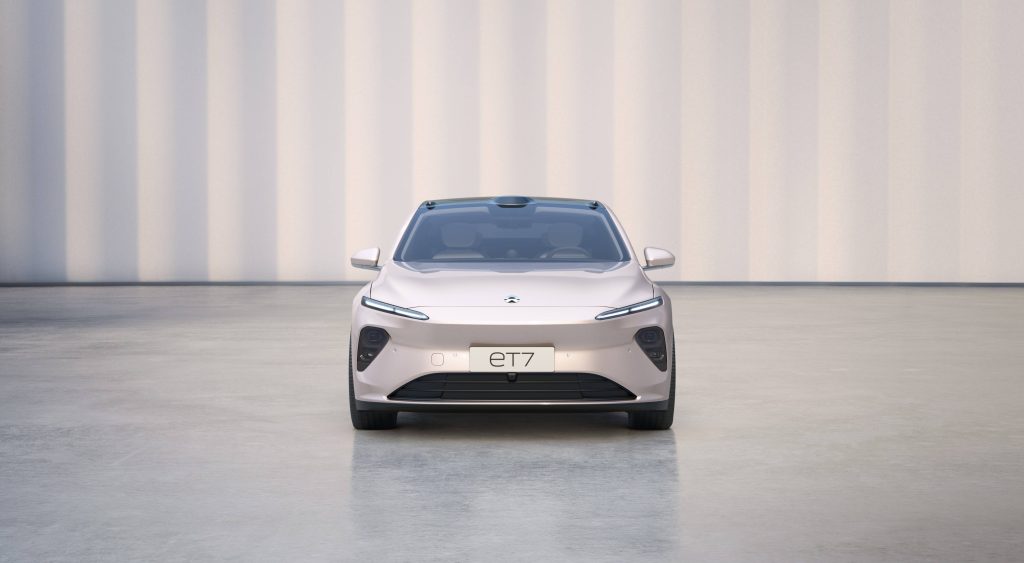
The Profitability Paradox
Despite shipping 221,800 units in 2023 (2.8x YoY growth) and securing 19 OEM contracts, Hesai’s financials reveal systemic challenges:
| Metric | 2021 | 2022 | 2023 | 2024 H1 |
| Revenue (¥bn) | 7.21 | 12.0 | 18.77 | 8.18 |
| Gross Margin | 53.0% | 39.2% | 35.2% | 42.3% |
| Net Loss (¥bn) | 2.45 | 3.00 | 4.77 | 1.79 |
Comparative Performance (2024 Benchmark)
| Model | Range (10% ref.) | Accuracy | Weight | Cost/Unit |
| Hesai AT512 | 300m | ±5cm | 940g | $1,200 |
| InnovizTwo | 200m | ±3cm | 850g | $1,500 |
| Luminar Iris | 250m | ±10cm | 1.1kg | $1,800 |
The Three Paths to Survival
From my advisory work with Tier 1s, I’ve distilled the existential choices:
1. The Tesla Vision-Only Bet (Abandon LiDAR, bet on vision)
- Reality Check: After BMW and Nissan’s failed attempts, only Xpeng’s XNGP shows comparable pure-vision capability—and even they quietly added LiDAR to G9.
2. The Intel Inside Play (Embed LiDAR into vehicle architecture)
- Hesai’s collaboration with Nvidia on Thor-based perception pipelines hints at this future. But as Qualcomm’s MD revealed to me: “OEMs won’t pay for redundant sensing.”
3. The Mobility-As-A-Service Moonshot (Pivot to Robotaxis)
- While Waymo’s Jaguar I-PACE uses Hesai units, the math remains dire: USD 5,451/LiDAR versus USD 0.03/mile revenue in current ride-hailing.
The Human Factor
At last month’s LiDAR conference in Shanghia Pudong, a veteran engineer from Valeo confessed over baijiu: “We built this industry on dreams of Level 4, but consumers just want better parking aids.” His resignation mirrors the sector’s dilemma—how to fund tomorrow’s transformational tech with today’s ADAS pennies?
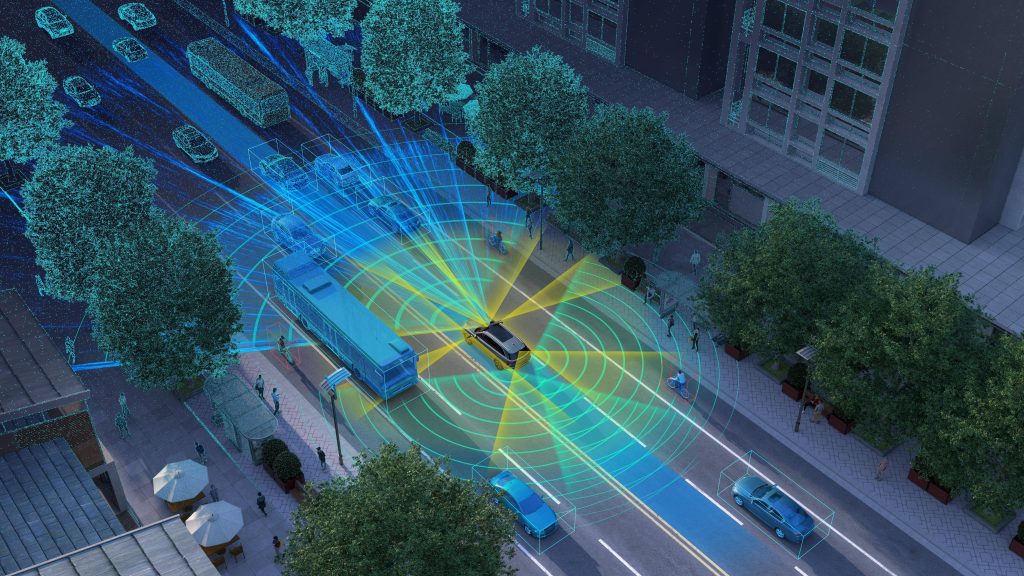
My Prediction
By 2026:
- 2-3 LiDAR giants will emerge (likely Hesai + 1 Western player)
- Pure-solid-state devices will drop below USD 300—triggering the “Airbag Moment” when regulators mandate LiDAR for NCAP 5-star ratings
- The rest? Acquired or bankrupt. Just like the camera module shakeout of 2015.
Final Thought
In my 20 years analyzing auto tech waves, true inflection points come not from technology, but policy and psychology. When Beijing finally greenlights L3 liability frameworks- likely 2026 – the floodgates open. (However, the recent statement from the Ministry of Public Security regarding the AD test results of Dongchedi makes me feel that this matter still needs to be postponed. Remarked at July 25, 2025) Until then, LiDAR remains a beautiful, money-losing necessary bet on the next automotive epoch.
Data Sources:
China Association of Automobile Manufacturers (CAAM): L2 ADAS penetration rate (2021-2024H1); China vehicle & NEV production/sales (2018-2024.09)
Ministry of Industry and Information Technology (MIIT), China: Notice on Pilot Projects for Intelligent Connected Vehicle Access and Road Travel (2023)
National Standardization Management Committee, China: Performance Requirements and Test Methods for Automotive LiDAR (2023)
Intelligent Connected Vehicle Technology Roadmap 2.0: Target: L2/L3 ADAS penetration >50% by 2025
Hesai Technology (NASDAQ: HSAI): Revenue, gross margin, R&D expenditure (2019-2024H1); LiDAR shipments (2023: 222,100 units; +280% YoY);Customer concentration: Top 5 clients contributed 67.5% of 2023 revenue
Luminar, Aeva, Ouster, RoboSense: Financial comparisons (2020-2024H1 revenue, losses, GM)
Zhiyan Consulting:In-Depth Research Report on Hesai Technology (2024);Global automotive LiDAR market: $540M in 2023; Competitive landscape: Hesai (37% share), RoboSense (21%)
China ICV Industry Innovation Alliance: L2 ADAS adoption rate (2023: 47.3%)
Shenzhen Municipal Government: Regulations on Intelligent Connected Vehicles in Shenzhen SEZ (2022, China’s 1st ICV law)
Wuxi Municipal Government: Wuxi Vehicle-Infrastructure Cooperative Development Promotion Regulations (2023)
Contact the author: tian.xu@tsresearch.cn
Tim also compiled the list of listed company suppliers for BYD, which includes LiDAR suppliers.
Key Public Suppliers to BYD
1. Domain Controllers
- BYD Electronic (0285.HK)
2. Autonomous Driving Chips
- Horizon Robotics-W (9660.HK)
- Black Sesame Technologies (2533.HK)
3. Sensors
Cameras:
- Sunny Optical (2382.HK)
- Yutong Optical (300790.SZ)
- LCE (002036.SZ)
- Will Semiconductor (603501.SH)
- Smartsens-W (688213.SH)
- JCET (603005.SH)
- Lante Optics (688127.SH)
LiDAR:
- RoboSense (2498.HK)
- Hesai (HSAI.O)
- Cowell E (1415.HK)
4. Connectivity
Connectors & Wiring Harnesses:
- TE Connectivity (300679.SZ)
- Luxshare (002475.SZ)
Connectivity & Analog Chips:
- YT Micro (688515.SH)
- Lontium (688486.SH)
- Novosense (688052.SH)
5G Modules:
- MeiG Smart (002881.SZ)
PCB:
- Kinwong (603228.SH)
- Shenghong (300476.SZ)
- Truly (002815.SZ)
- Mankun (301132.SZ)
5. Smart Cockpit
AR-HUD:
- Crystal Optech (002273.SZ)
- Huayang (002906.SZ)
Smart Actuators:
- Zhaowei (003021.SZ)
Acoustics:
- Sonavox (688533.SH)
- AAC Tech (2018.HK)
6. Smart Chassis
- BYD Electronic (0285.HK)

